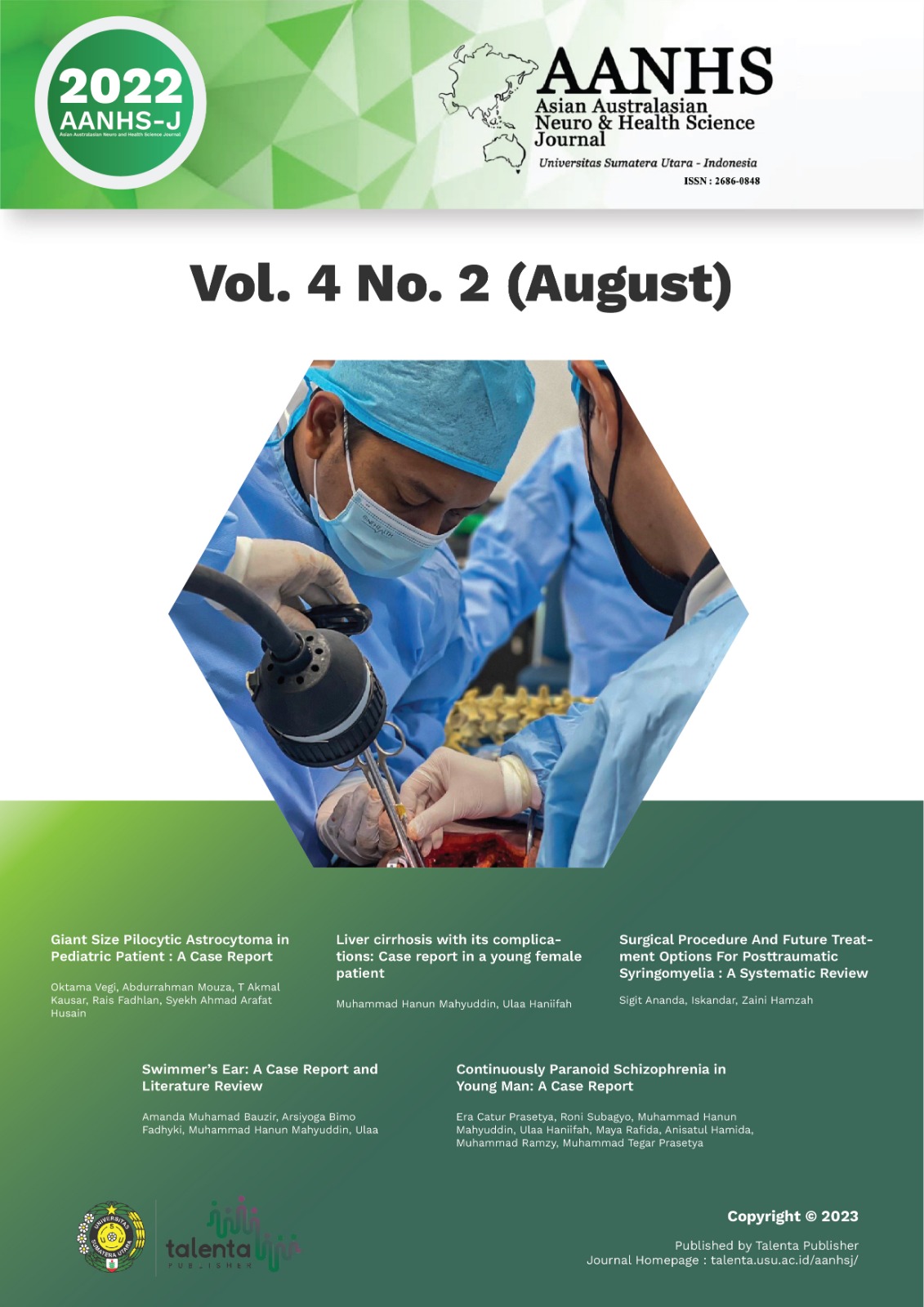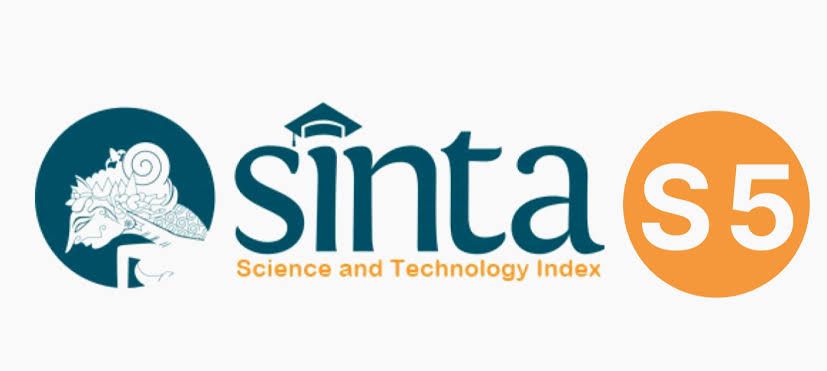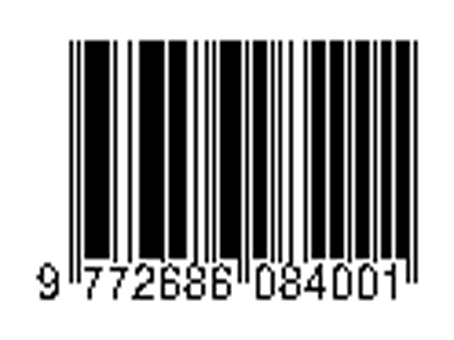Continuously Paranoid Schizophrenia in Young Man: A Case Report
DOI:
https://doi.org/10.32734/aanhsj.v4i2.9165Keywords:
Schizophrenia, Hallucination, DelusionAbstract
Introduction: Schizophrenia is a chronic disorder accompanied by prominent hallucinations or delusions. The individual must be ill for at least 6 months and need not be psychotically active during that time. Schizophrenia is classified into several types. Enforcement of the type of diagnosis of schizophrenia can be established through history taking in the patient and family, then a diagnosis is made according to ICD-10. Treatment can be in the form of pharmacological or psychosocial therapy.
Case Reports: A 32-year-old male patient came with his family, the patient looked anxious. The patient comes with the main complaint that he is often angry because he often hears voice whispers. The patient also complains of rapid mood changes. According to the family, this has been happening since 2015. He had been on treatment for a while but only got better shortly after that it came back again.
Conclusion: Schizophrenia is a psychotic disorder in which the patient does not have contact with reality which is characterized by major disturbances in thoughts and emotions and experiences delusions and hallucinations. Schizophrenia can be treated using antipsychotics and psychosocial. The prognosis of patients with schizophrenia depends on family support.
Downloads
Downloads
Published
How to Cite
Issue
Section
License
Copyright (c) 2022 Asian Australasian Neuro and Health Science Journal (AANHS-J)

This work is licensed under a Creative Commons Attribution-NonCommercial-ShareAlike 4.0 International License.
The Authors submitting a manuscript do understand that if the manuscript was accepted for publication, the copyright of the article shall be assigned to AANHS Journal.
The copyright encompasses exclusive rights to reproduce and deliver the article in all forms and media. The reproduction of any part of this journal, its storage in databases and its transmission by any form or media will be allowed only with a written permission from Asian Australasian Neuro and Health Science Journal (AANHSJ).
The Copyright Transfer Form can be downloaded here.
The Copyright form should be signed originally and sent to the Editorial Office in the form of original mail or scanned document.














